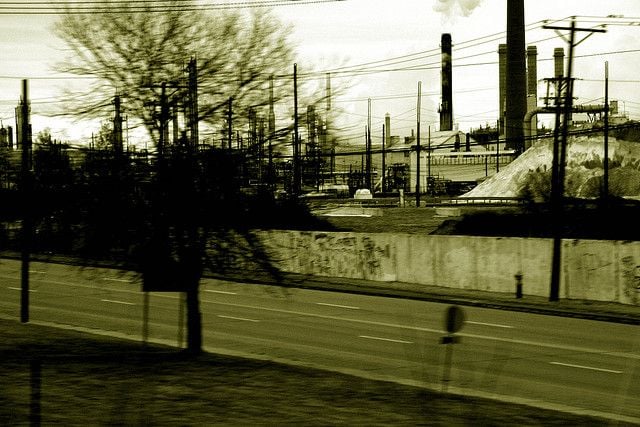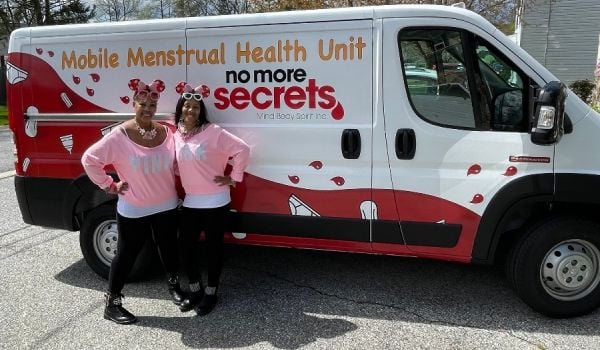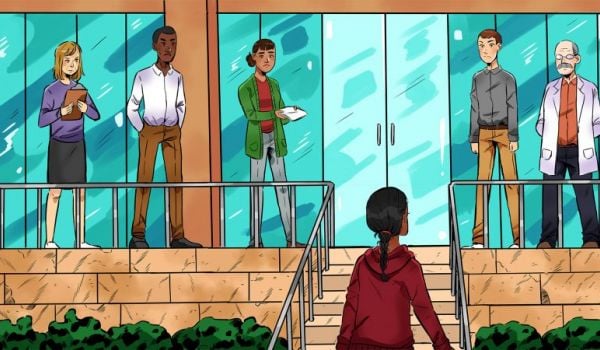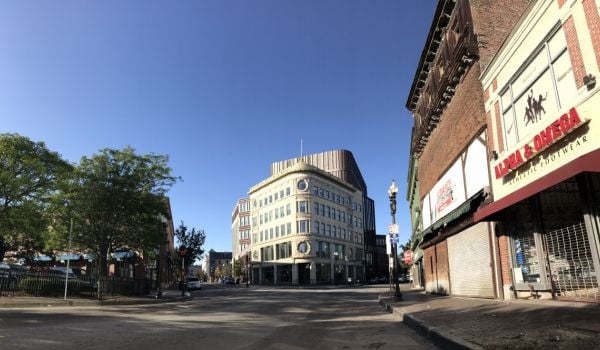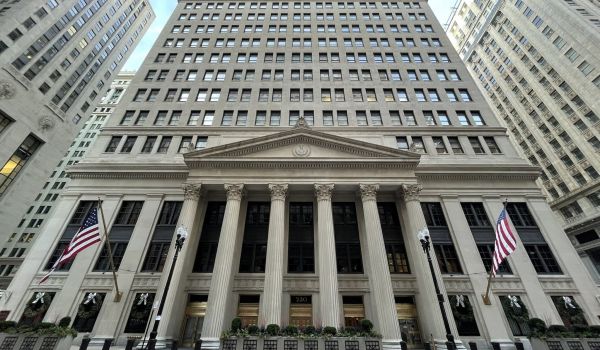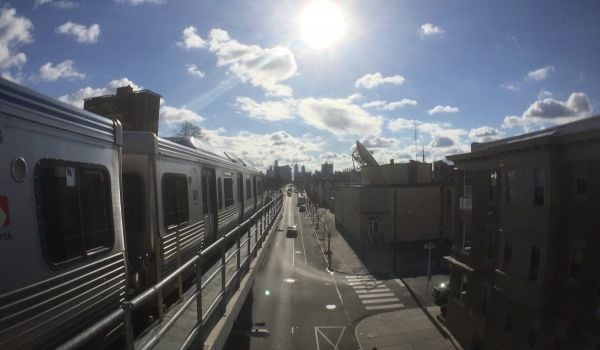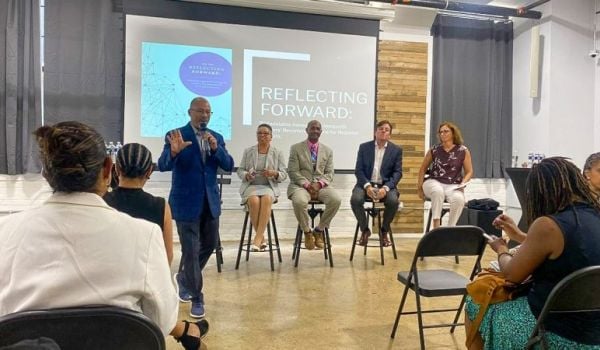It’s an unlikely outcome of a university symposium, but at the Legacy and Innovation conference at the University of Pennsylvania today, experts from Philadelphia and beyond convened to talk about Philly’s remaining status as a legacy city. We patted ourselves on the back for how we have grown over the past decade: Literally, Philadelphia has added thousands of new residents, innovated especially in terms of sustainability and revitalized its Navy Yard. But 26 percent of the city lives in poverty, it still has thousands of vacant lots, and its industries aren’t as strong as they could be.
What was surprising is that so many people, from Jeremy Nowak of the Philadelphia Fed to Barry Seymour of DVRPC, were willing to engage in the discussion, pointing out the good while accepting the bad. Nowak noted that while we’re all celebrating the “urban moment” that has brought a new generation of people to cities across the country, we ignore that we’re not growing the younger demographics or the people over 35 who’ve left Philadelphia for the suburbs. Seymour noted that we should think beyond just legacy assets to consider networks and the other intangibles that derive from the legacy city fabric. In other words, it’s not just the physical assets that are unproductive. Our social, cultural and institutional networks also aren’t as innovative as they need to be.
This kind of reasonable conversation seems like a good foundation for whatever comes next. Philly can’t just champion the good while ignoring how much more aggressively we need to attack the flaws. We still need to do a better job of providing basic services, speeding up and structuring economic development to benefit a greater population, connecting old industries to the new, growing these new industries such as pharamaceuticals, and ultimately connecting this all back to some of the more chronic problems that plague legacy cities, like poor education and a lack of jobs for people without college degrees.

Diana Lind is the former executive director and editor in chief of Next City.

